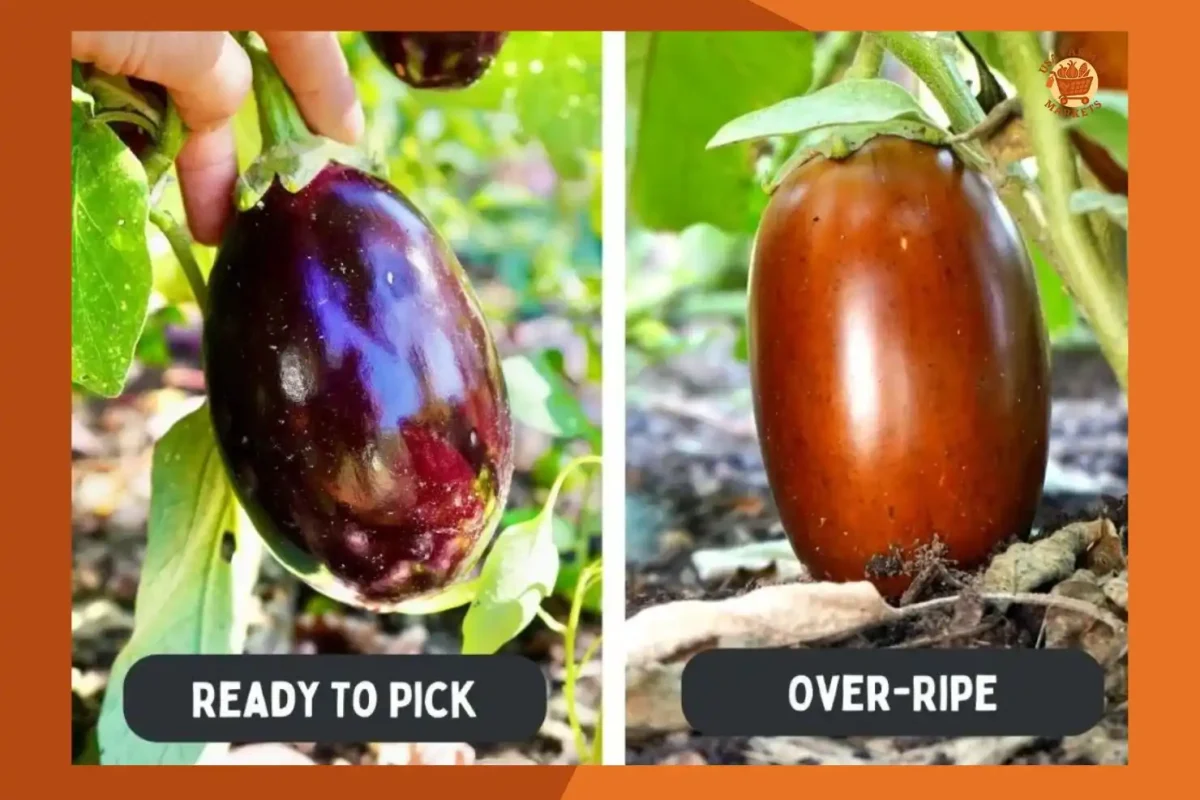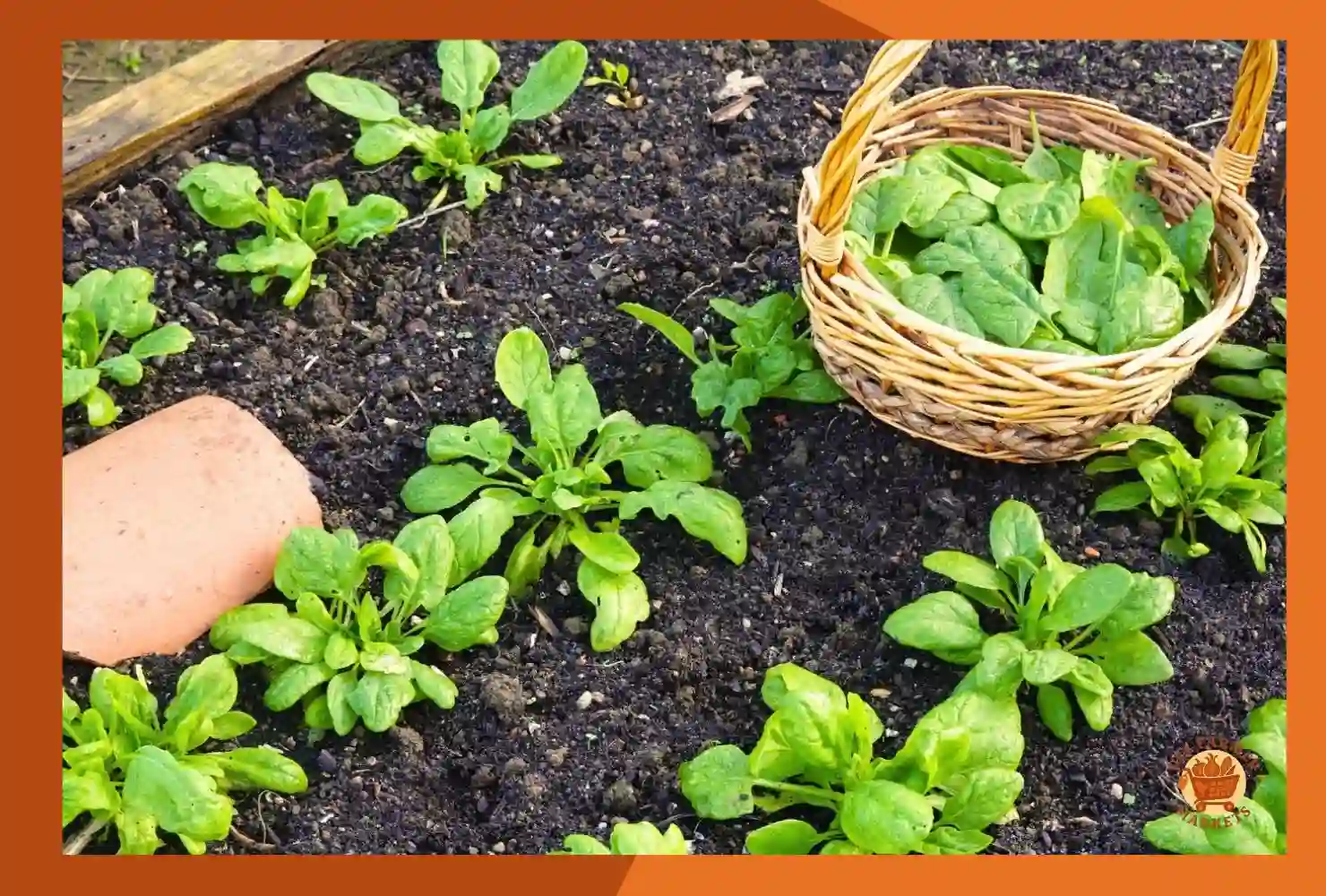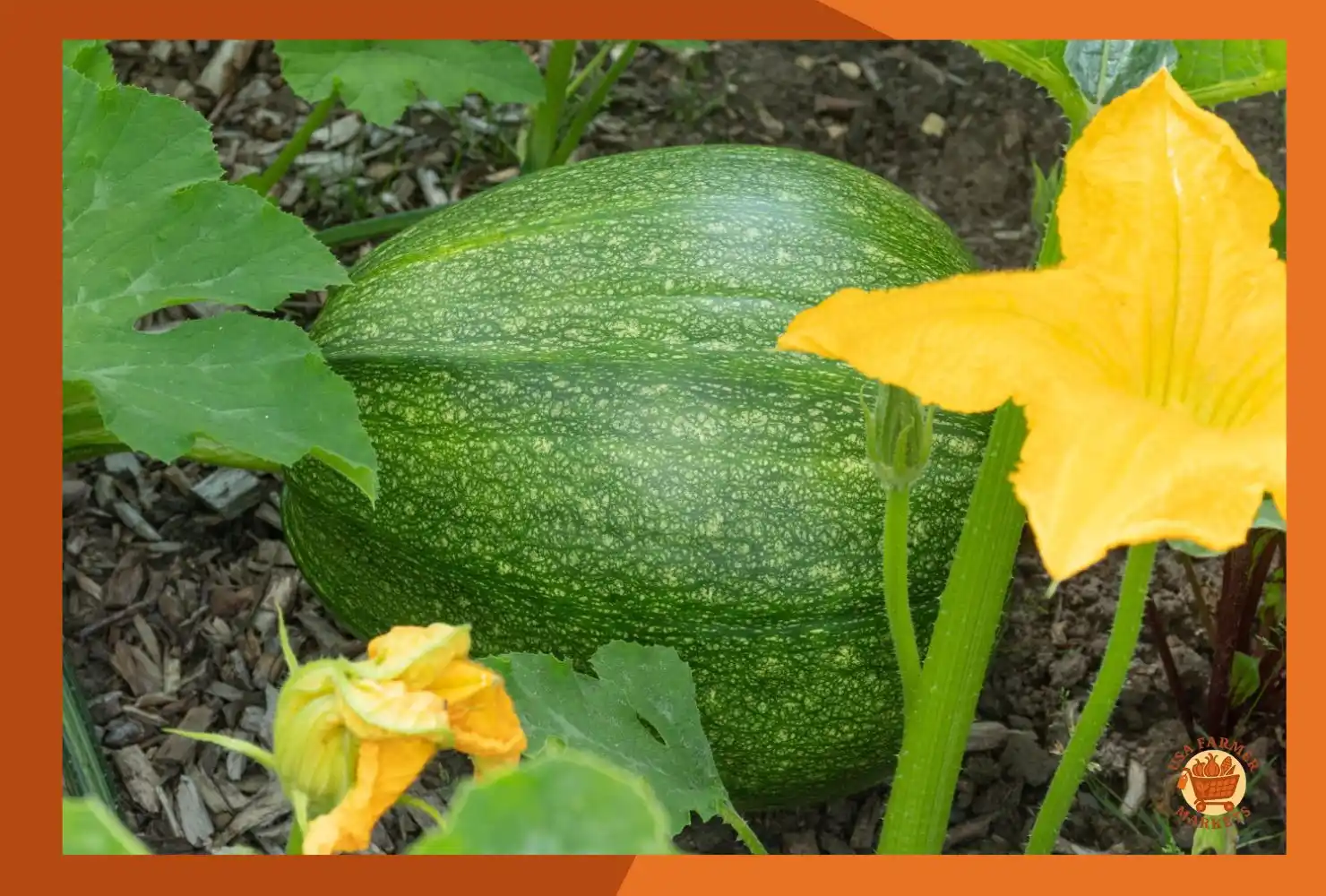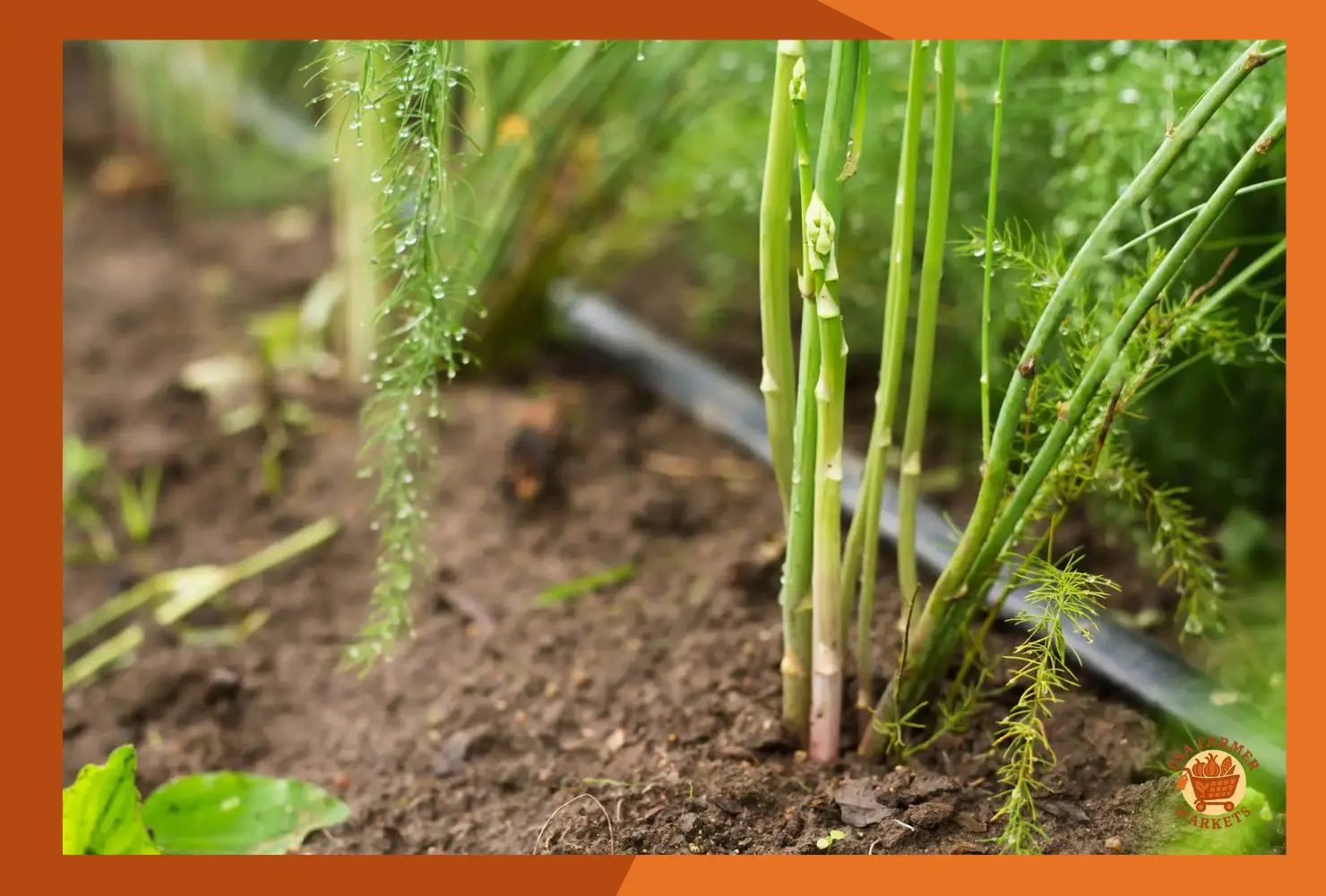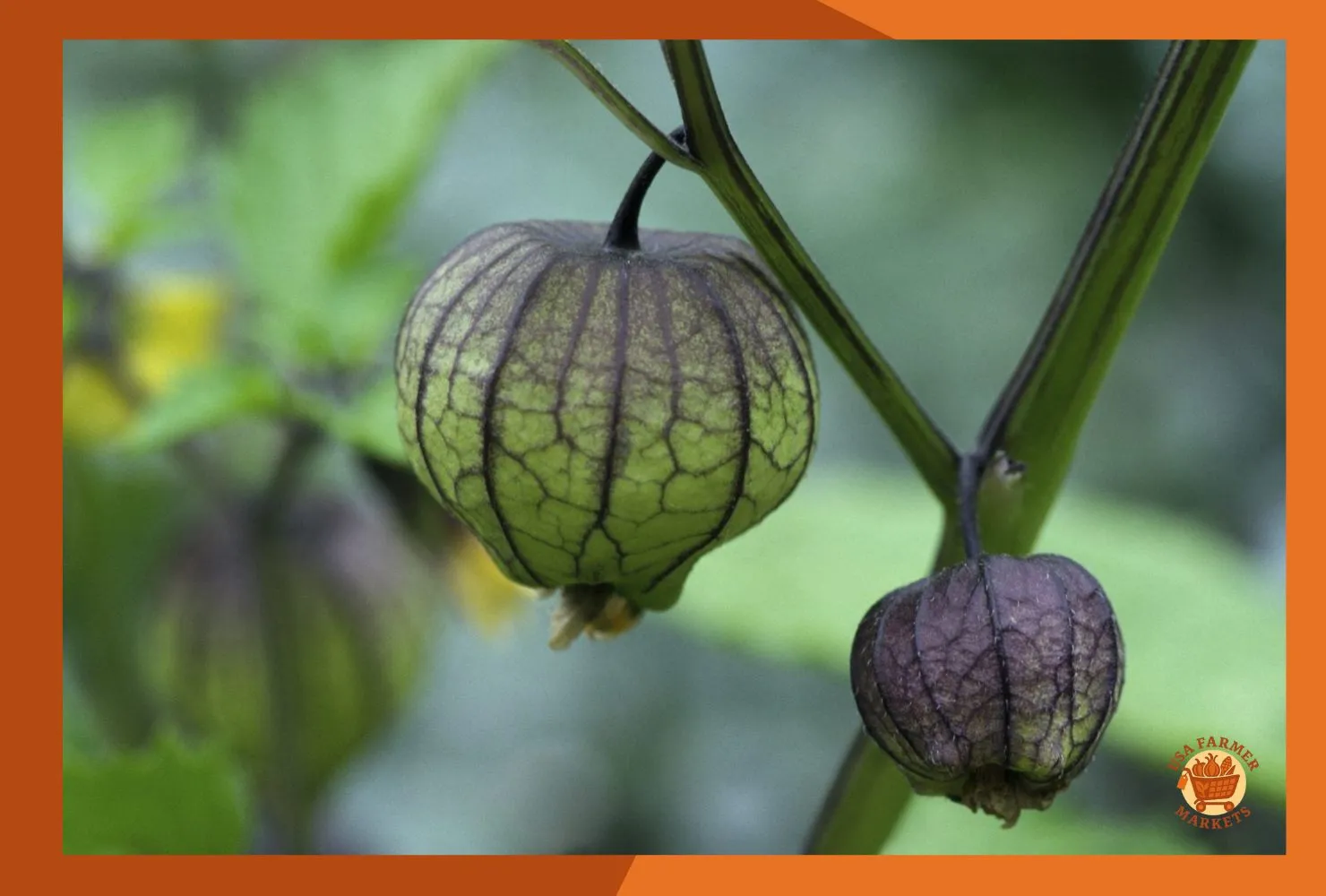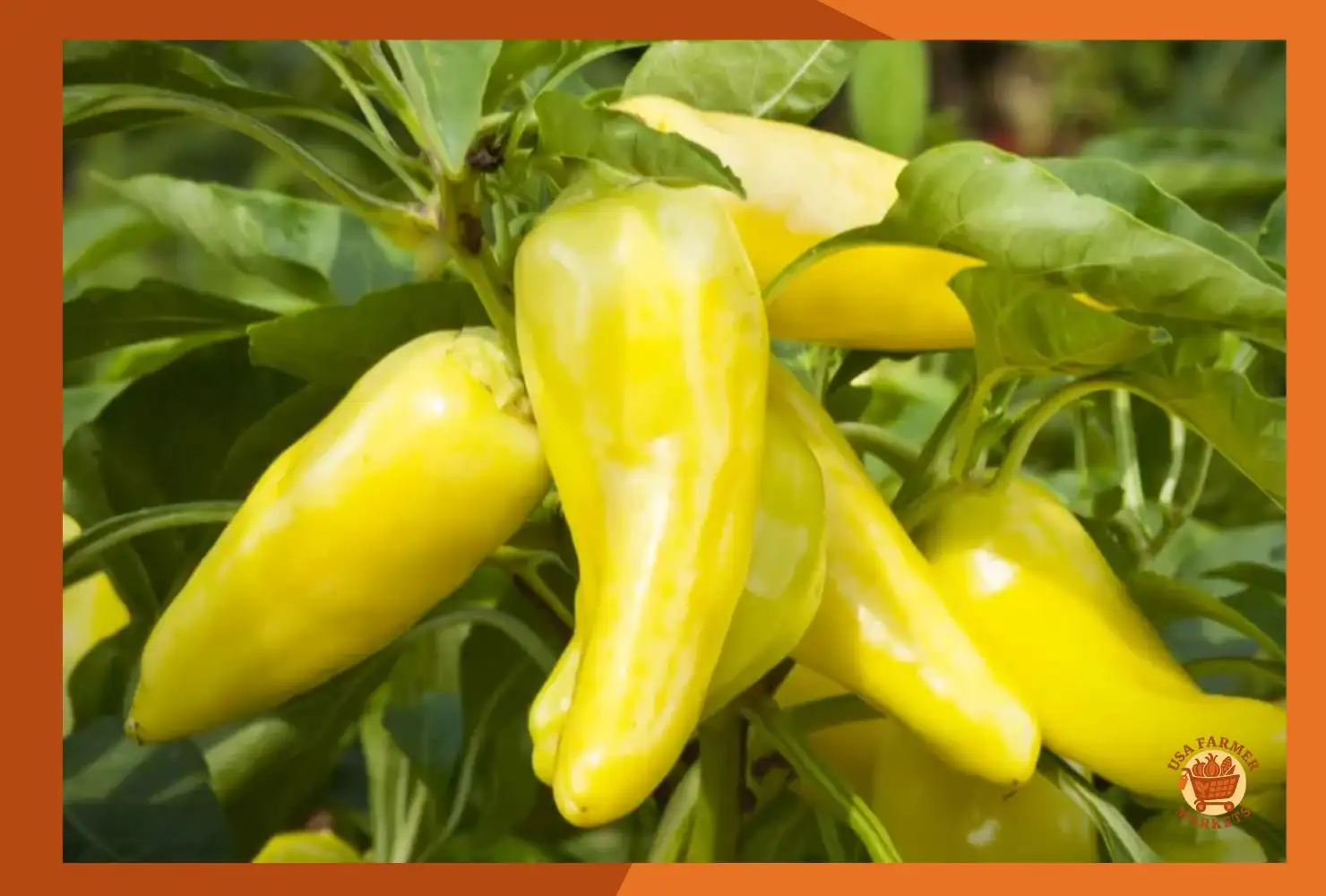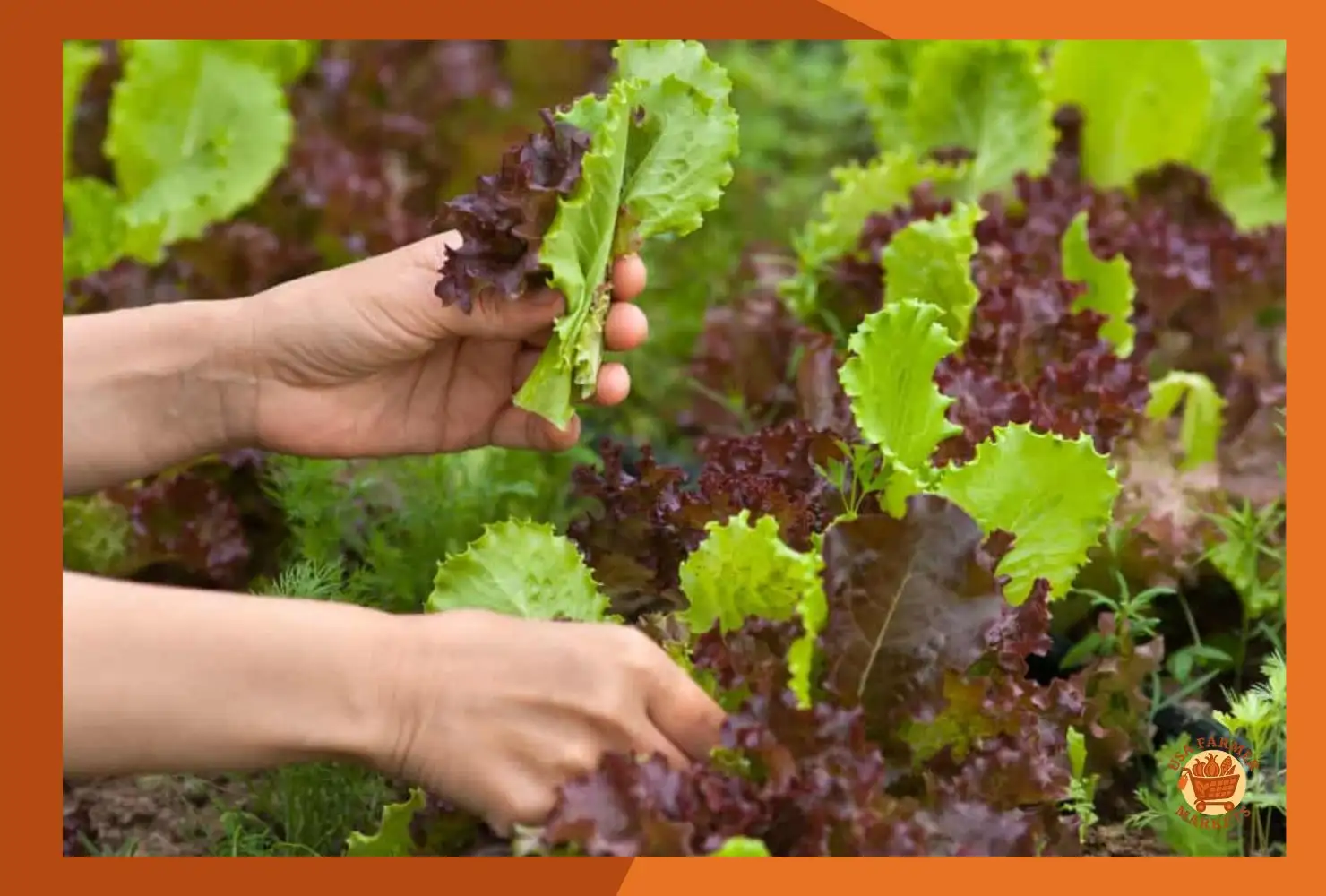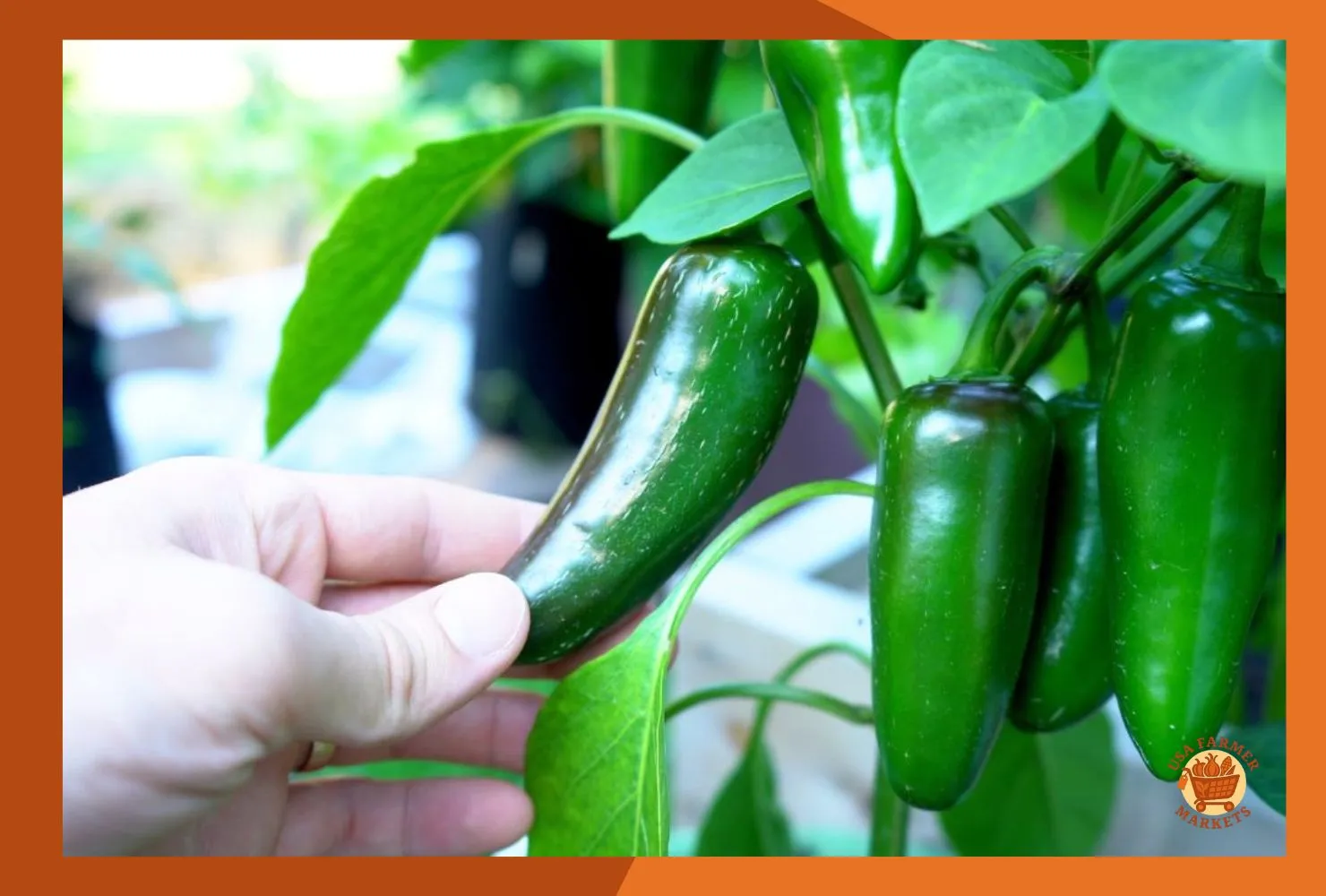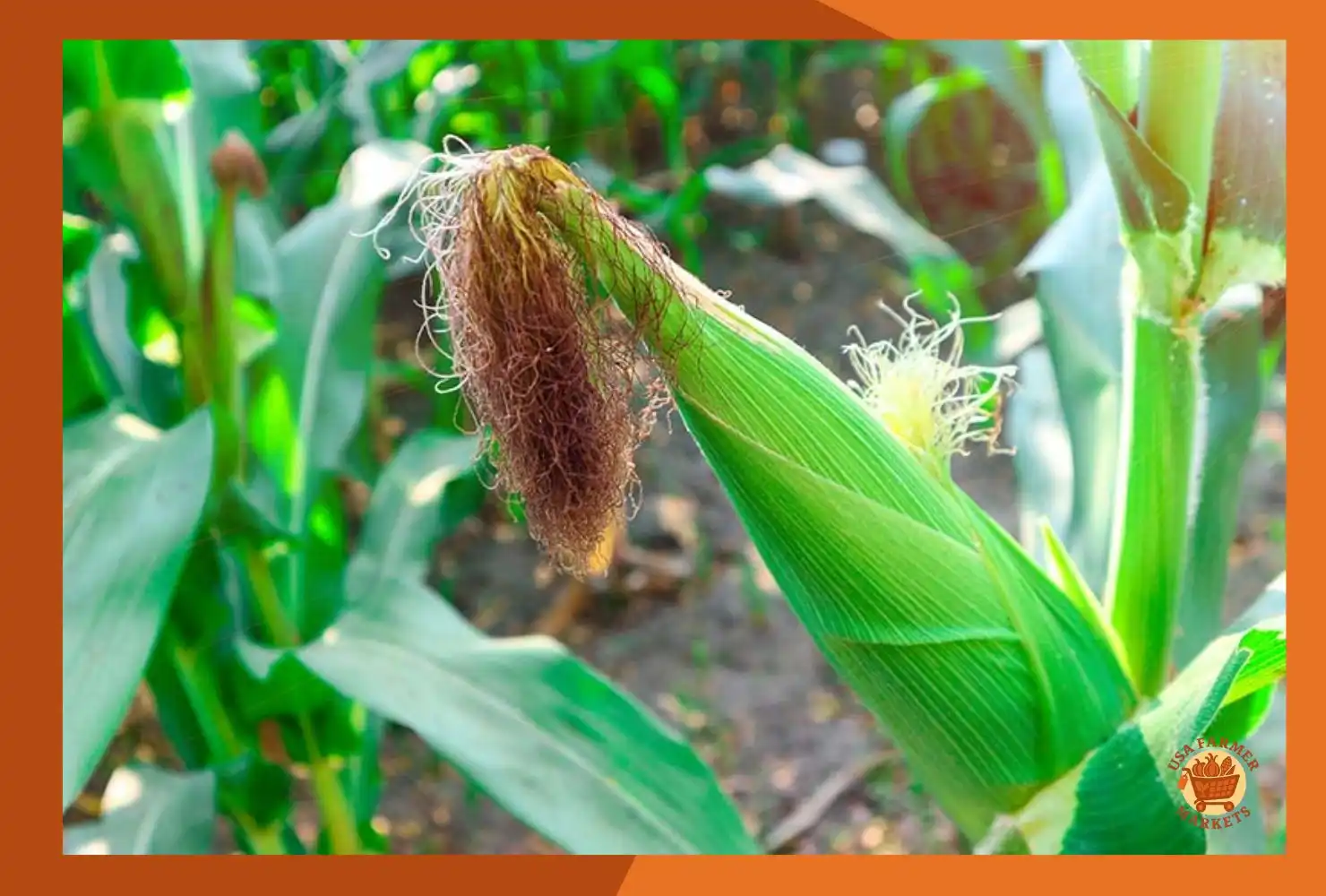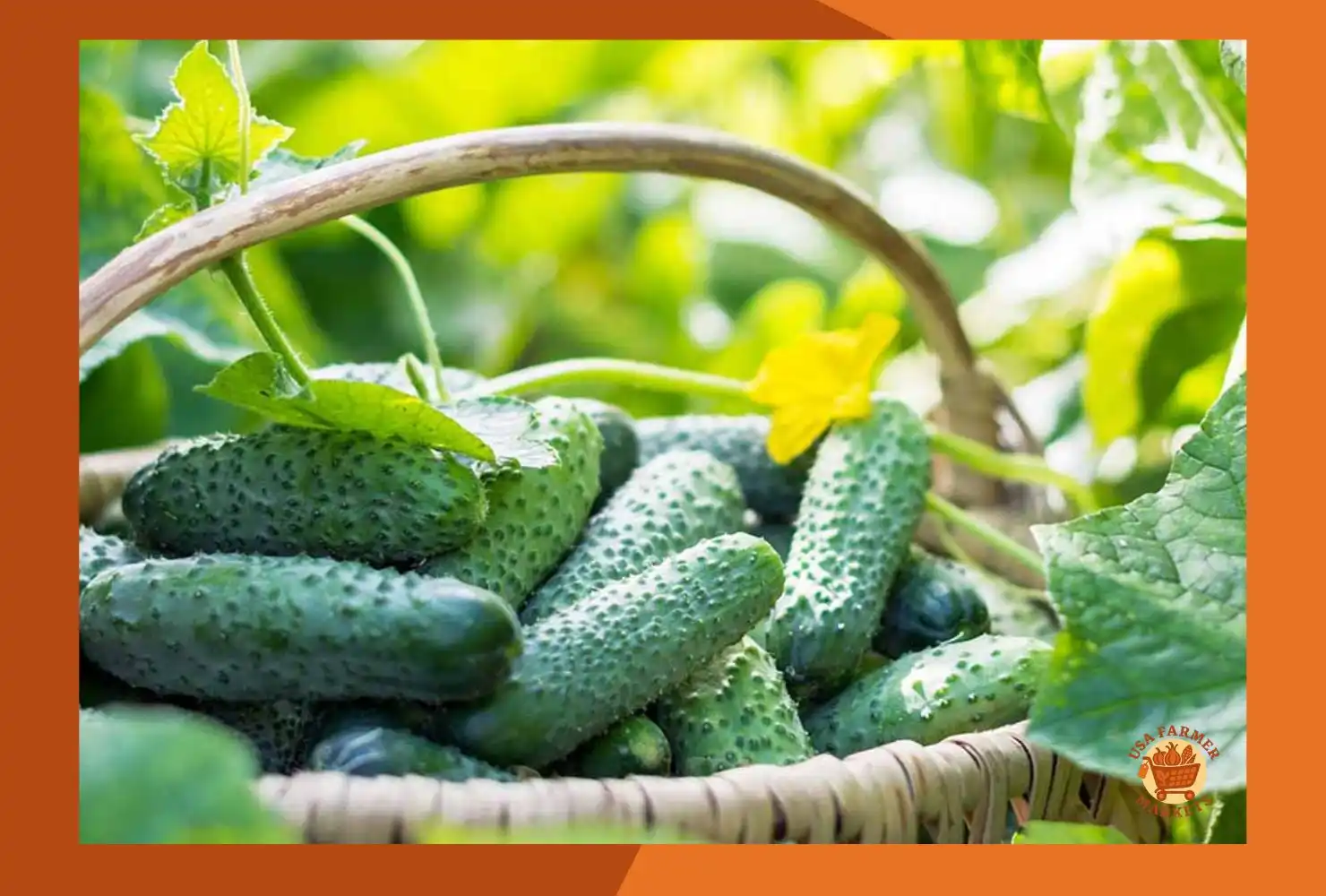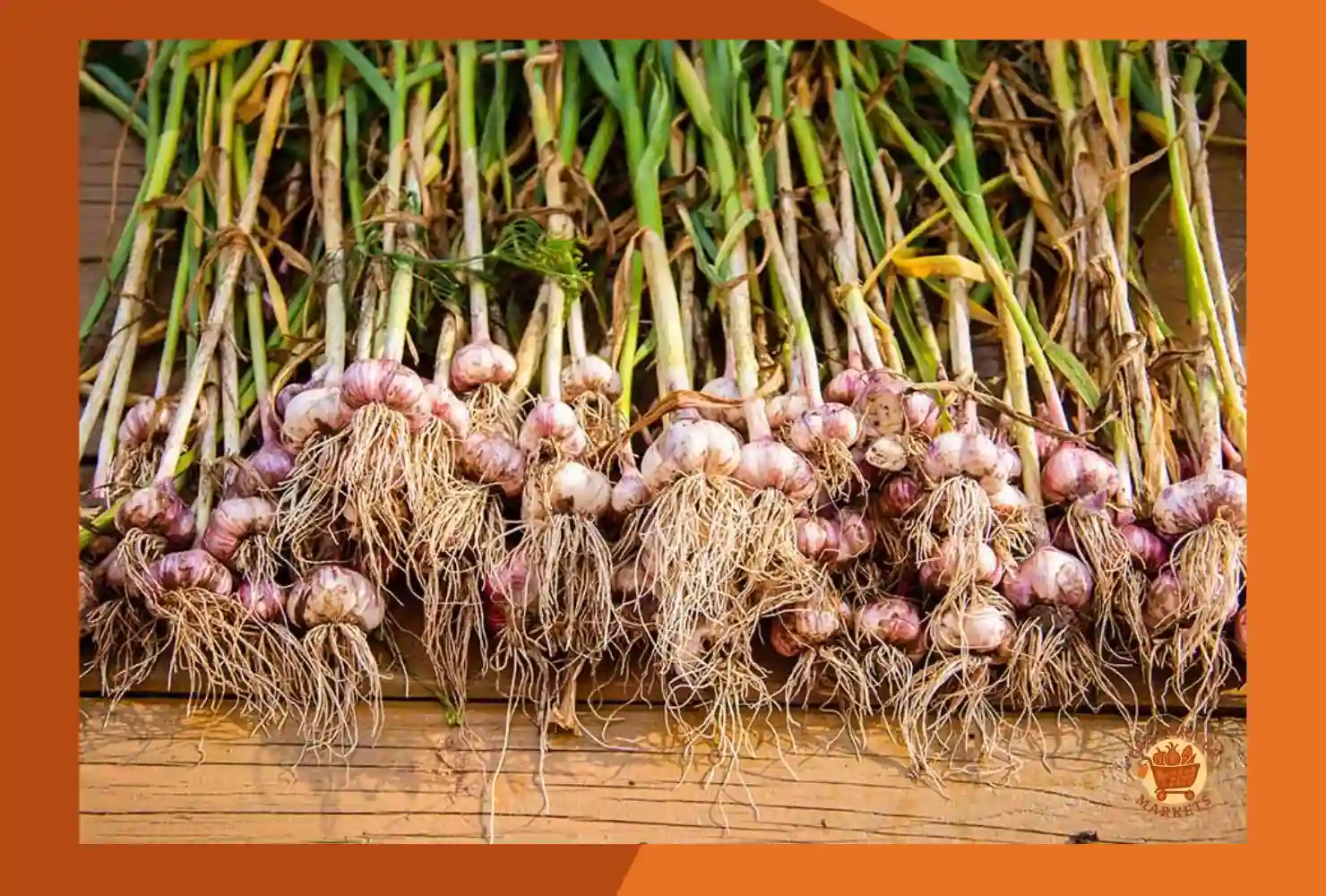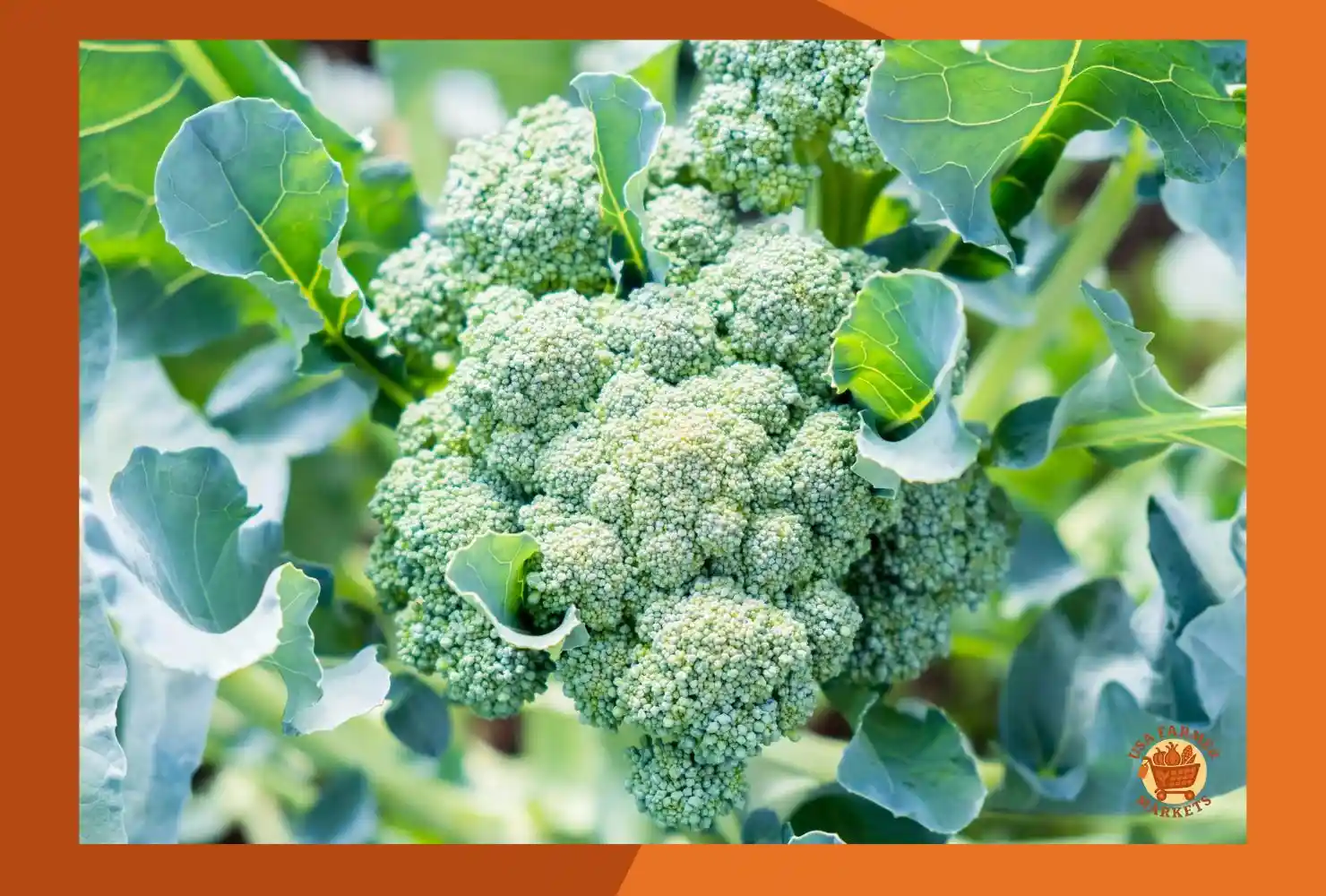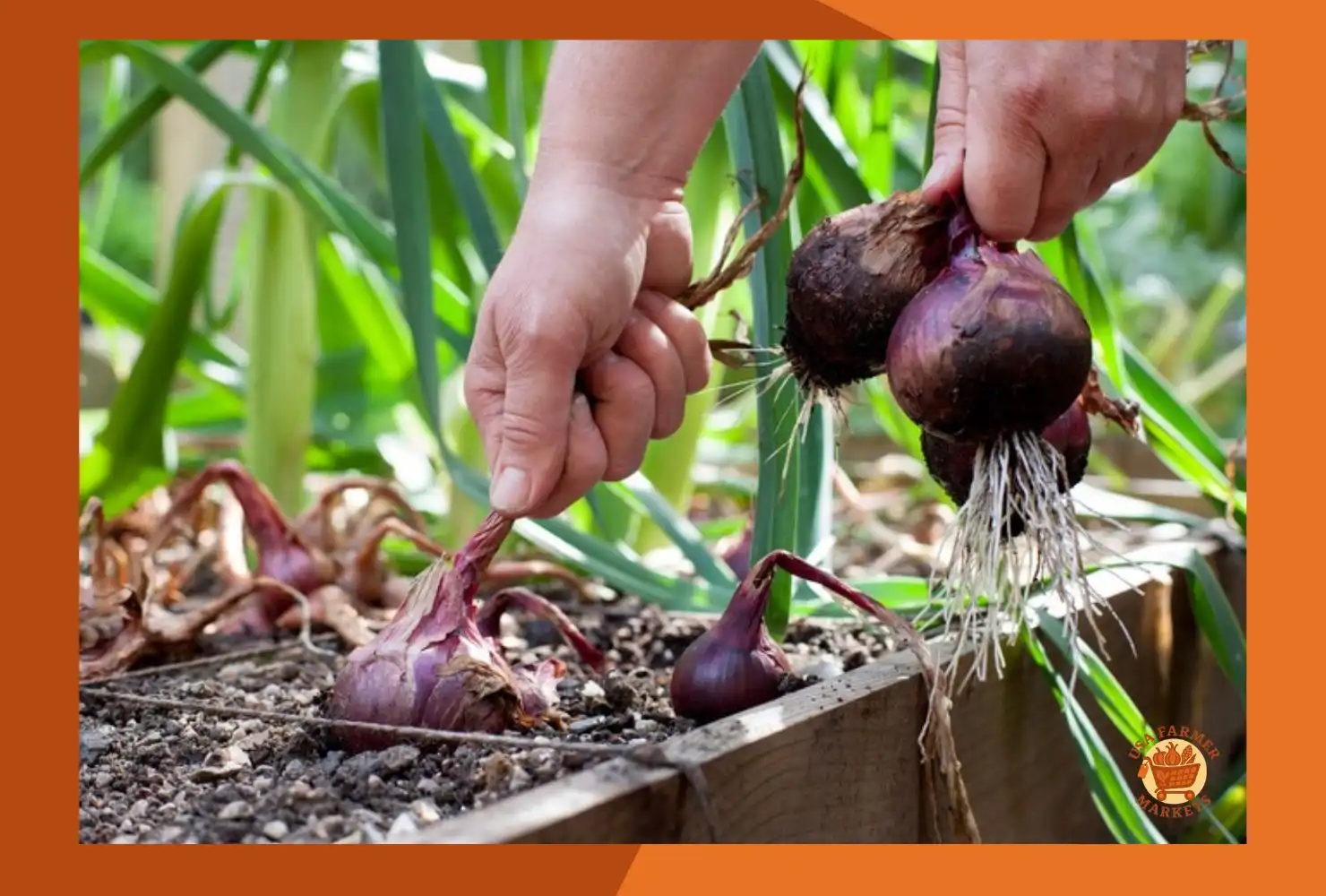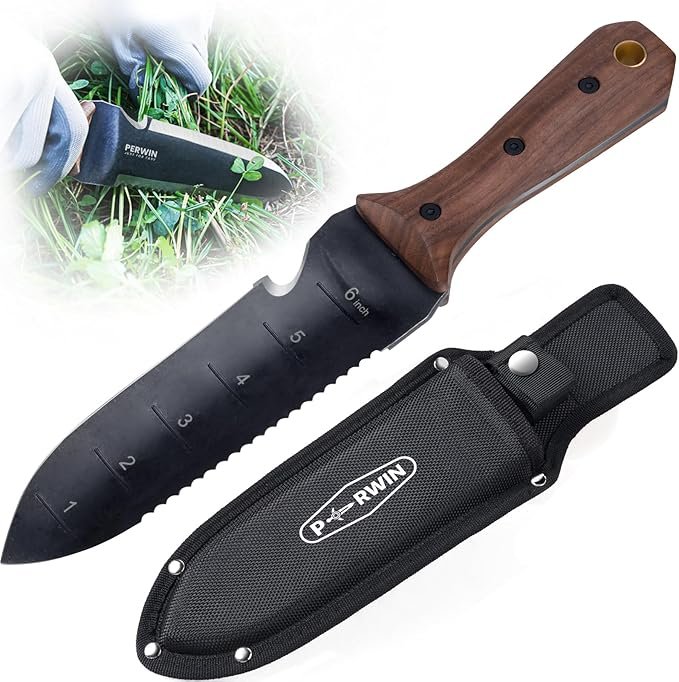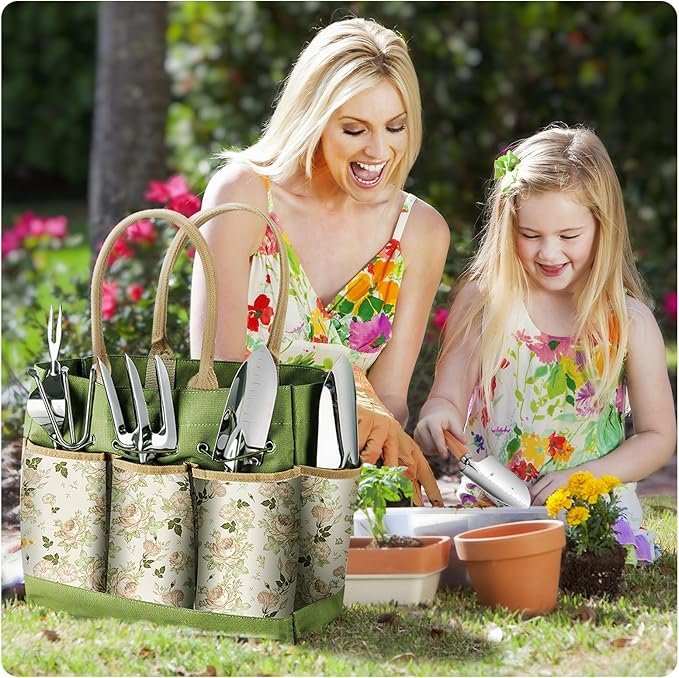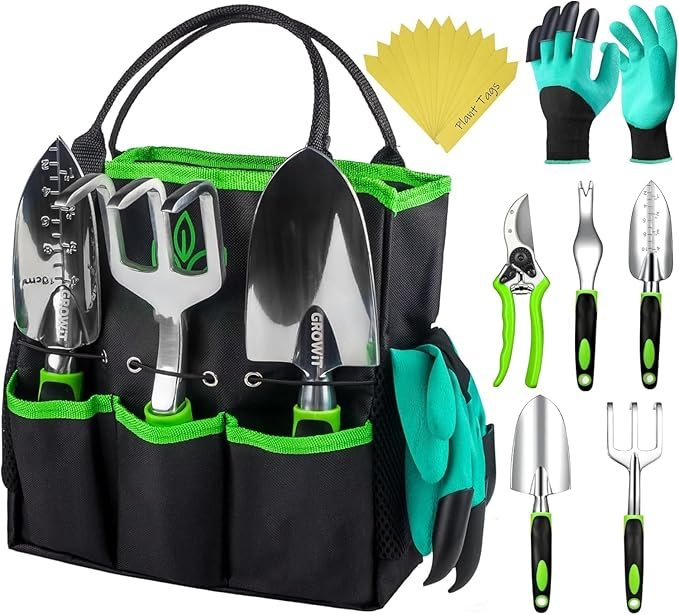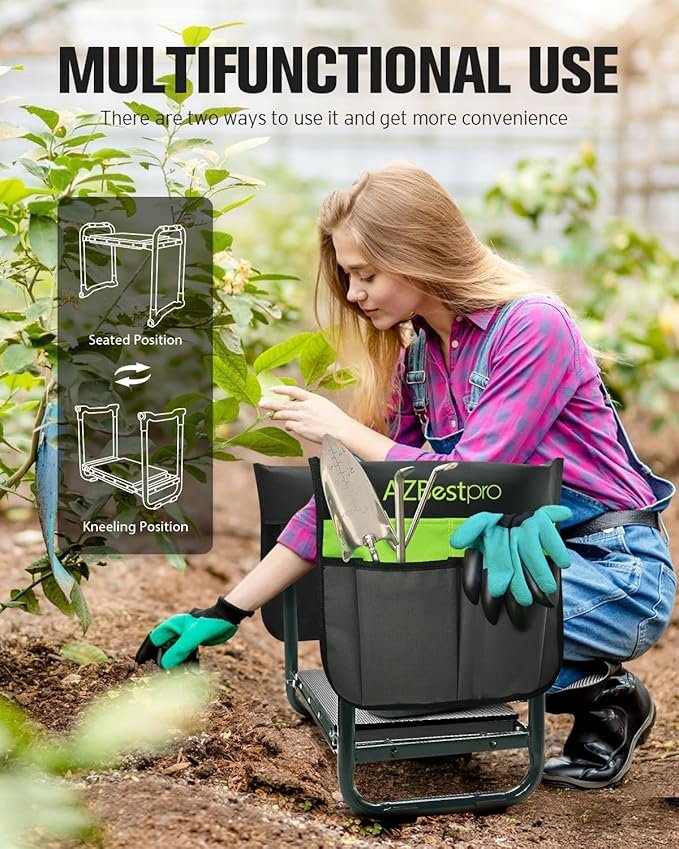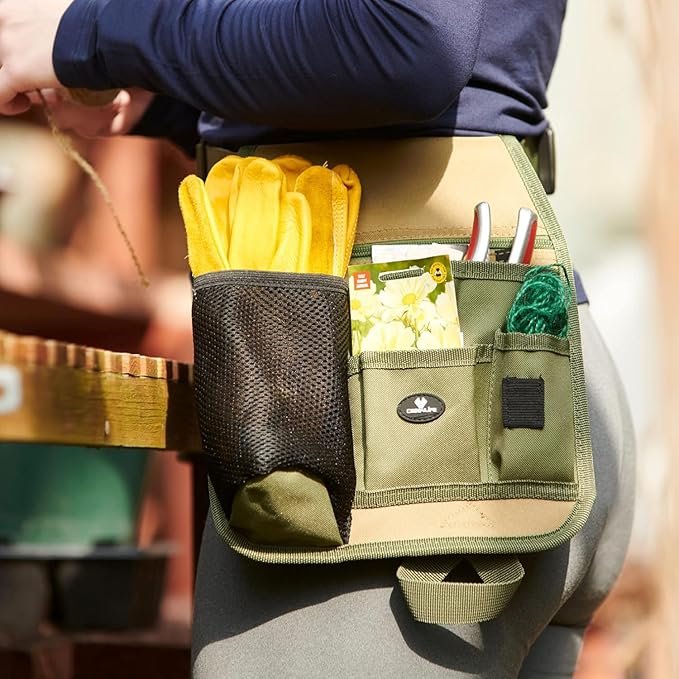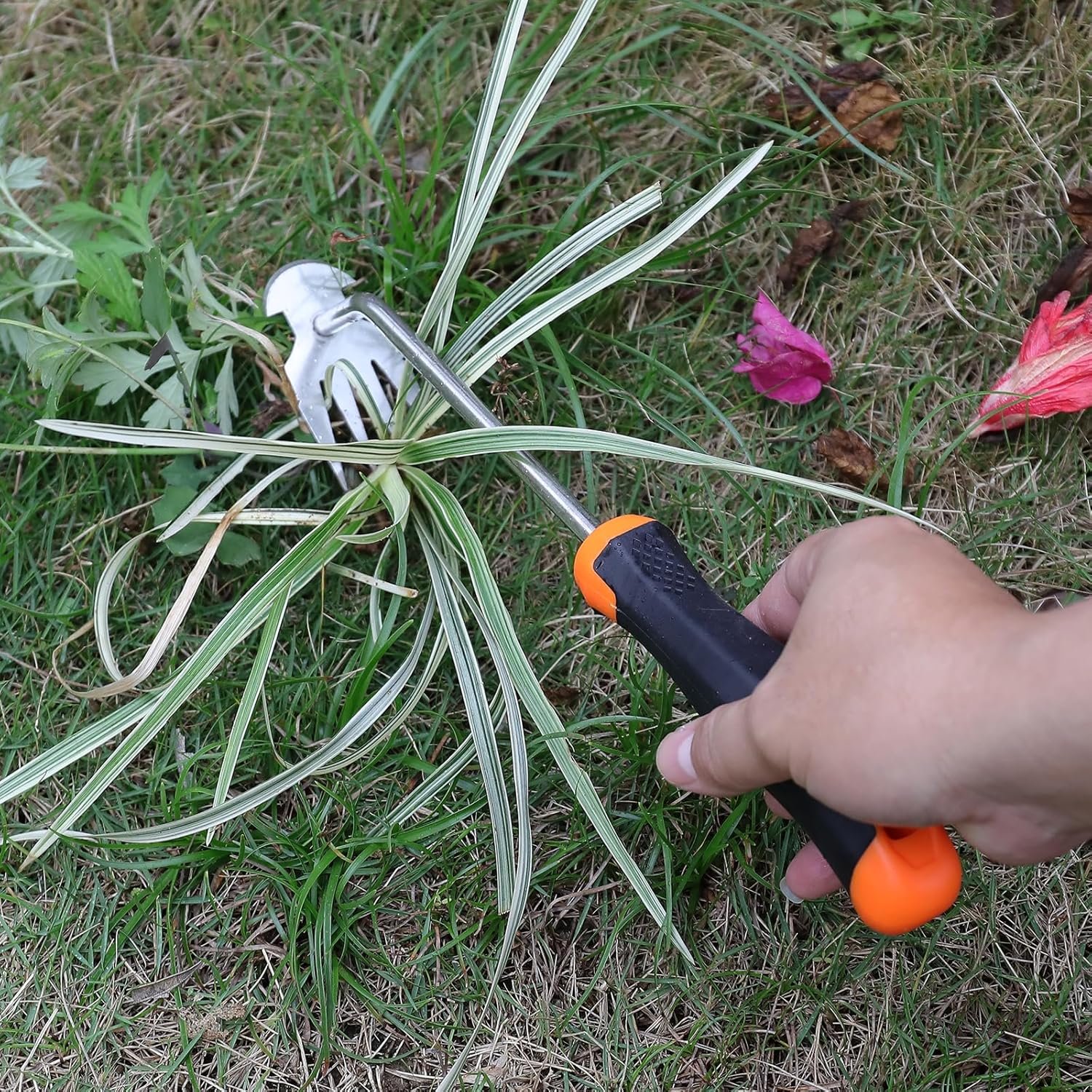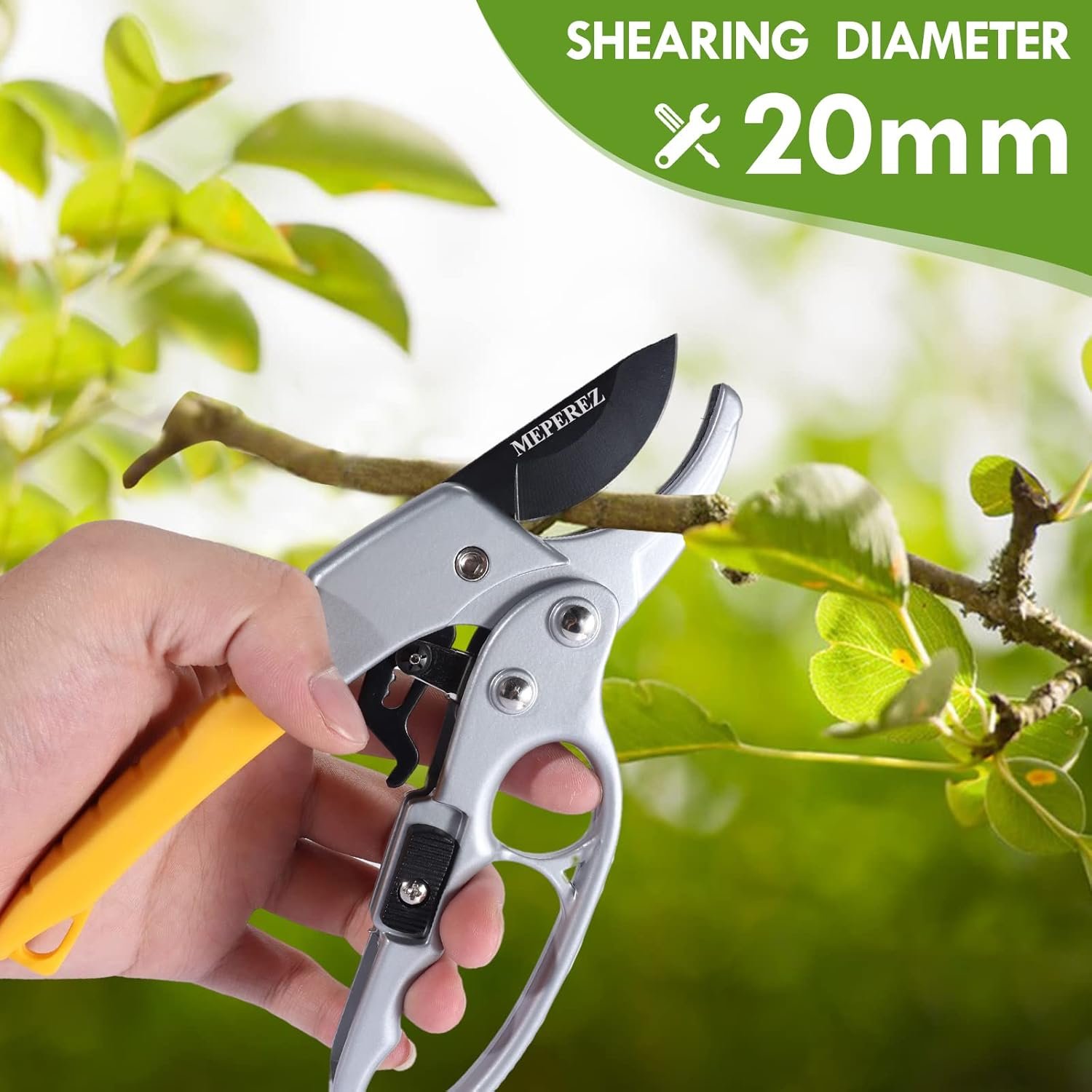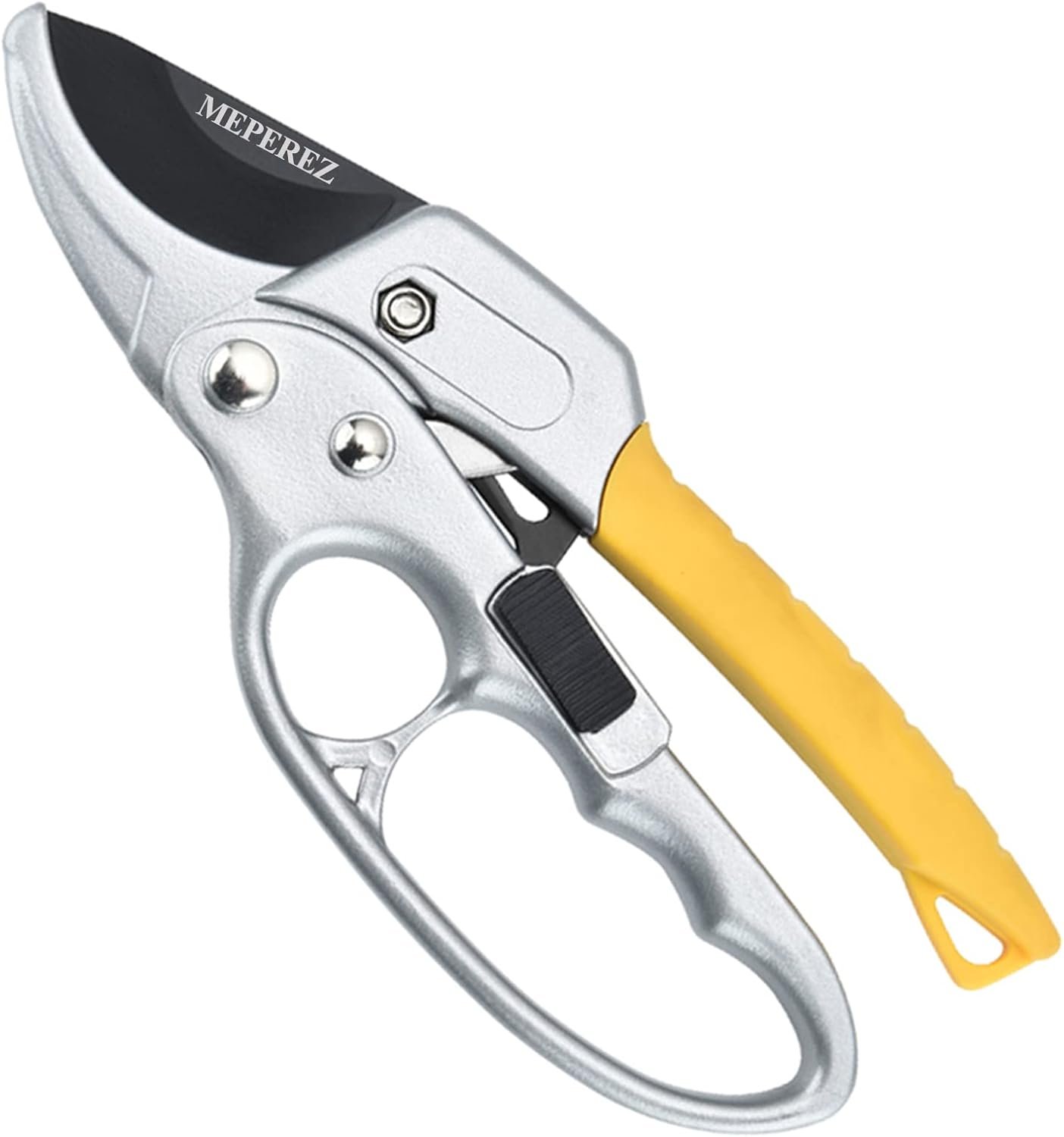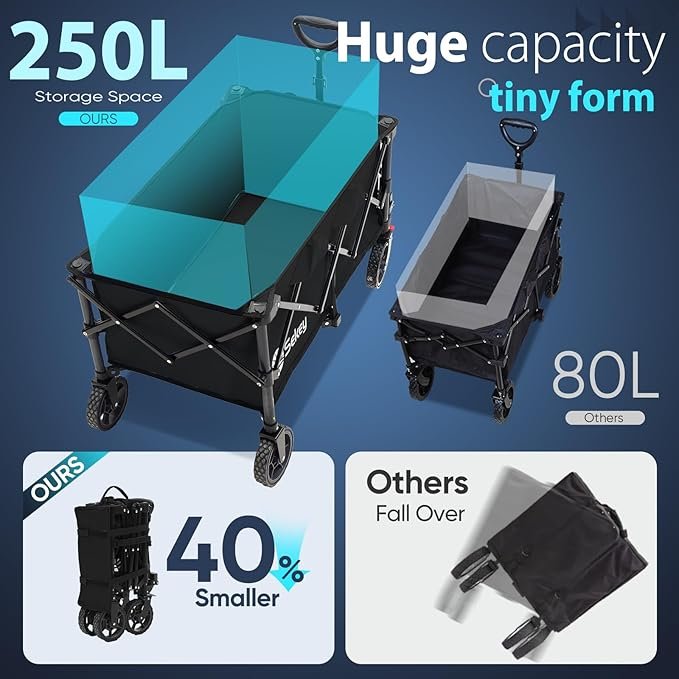Eggplant, also known as aubergine, is a warm-season vegetable loved for its glossy skin, tender flesh, and rich flavor. But one of the most common questions gardeners ask is: when to harvest eggplant? Picking at the right time makes all the difference between a delicious, tender eggplant and a bitter, seedy one. In this you’ll learn exactly when to harvest, how to identify ripeness, the best harvesting techniques, and tips to store your eggplant for maximum freshness. Gardeners who grow eggplant often also plant peppers or cucumbers. Learn their harvest times too.
Table of Contents
ToggleHow to Know When Eggplant is Ready to Harvest
Here are the most reliable signs that your eggplant is mature and ready for picking:
1. Size and Variety
- Different varieties reach maturity at different sizes. For example:
- Black Beauty: 6–8 inches long
- Japanese Eggplant: 5–7 inches long and slender
- Thai Eggplant: Golf-ball size
- Always check your seed packet for the expected mature size.
2. Skin Appearance
- The skin should be glossy, smooth, and shiny.
- A dull or wrinkled surface means the eggplant is overripe.
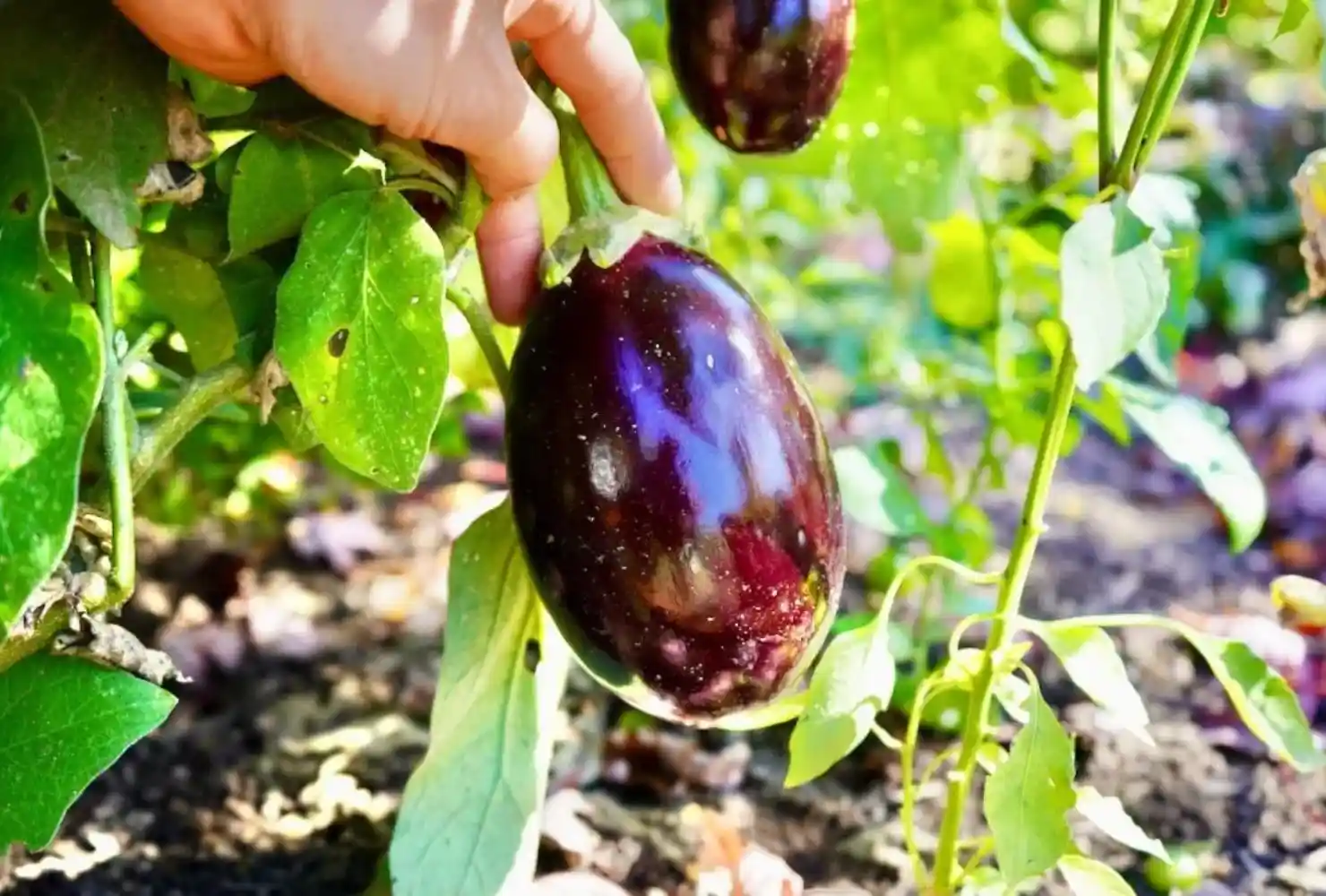
3. Color
- Deep, vibrant color (purple, white, or striped, depending on variety) indicates readiness.
- If the color fades, the eggplant is likely too mature.
4. Firmness Test
- Press the skin gently with your thumb:
- If the indentation bounces back quickly, the fruit is ready.
- If it stays indented, the eggplant is overripe.
5. Days to Maturity
- Most eggplants are ready 60–80 days after transplanting.
- Keeping a garden journal helps you track growth stages accurately.
| Eggplant Variety | Type | Days to Maturity |
|---|---|---|
| Black Beauty | Mid-Season | 70–85 |
| Classic | Mid-Season | 70–80 |
| Florida High Bush | Early | 65–70 |
| Ichiban (Japanese) | Early | 50–60 |
| Little Fingers | Early | 60–65 |
| Rosa Bianca | Mid-Season | 75–85 |
| Listada de Gandia | Mid-Season | 80–90 |
| Fairy Tale | Early | 50–60 |
| Hansel | Early | 55–60 |
| Gretel | Early | 55–60 |
| Nubia | Mid-Season | 70–80 |
| Pingtung Long | Mid-Season | 65–70 |
| Thai Green | Mid-Season | 65–70 |
| Orient Express | Early | 58–65 |
| White Egg | Early | 60–65 |
| Diamond | Mid-Season | 70–80 |
| Bride (Chinese) | Mid-Season | 70–75 |
| Galine | Mid-Season | 65–70 |
| Purple Long | Early | 60–70 |
| Raveena | Mid-Season | 70–80 |
| Dancer | Mid-Season | 80–85 |
| Fengyuan Purple | Mid-Season | 65–70 |
| Green Knight | Mid-Season | 65–70 |
| Prosperosa | Late | 80–90 |
| Turkish Orange | Late | 85–90 |
When NOT to Harvest Eggplant
Just as important as knowing when to harvest is understanding when not to pick eggplants:
- Too Small – If the eggplant is undersized for its variety, it may not have developed full flavor.
- Dull or Wrinkled Skin – This is a sign of overripeness. Such eggplants may taste bitter and spongy.
- Soft and Mushy Texture – Eggplants that feel soft or collapse under pressure are past their prime.
- Yellow, Brown, or Green Tint (instead of deep purple/variety color) Discoloration can indicate poor quality or over-maturity.
By avoiding these signs, you ensure your eggplants are harvested at peak freshness and taste.
Best Time of Day to Harvest
It’s best to harvest eggplants in the morning when temperatures are cooler. This helps the fruit stay firm and fresh longer after being picked.
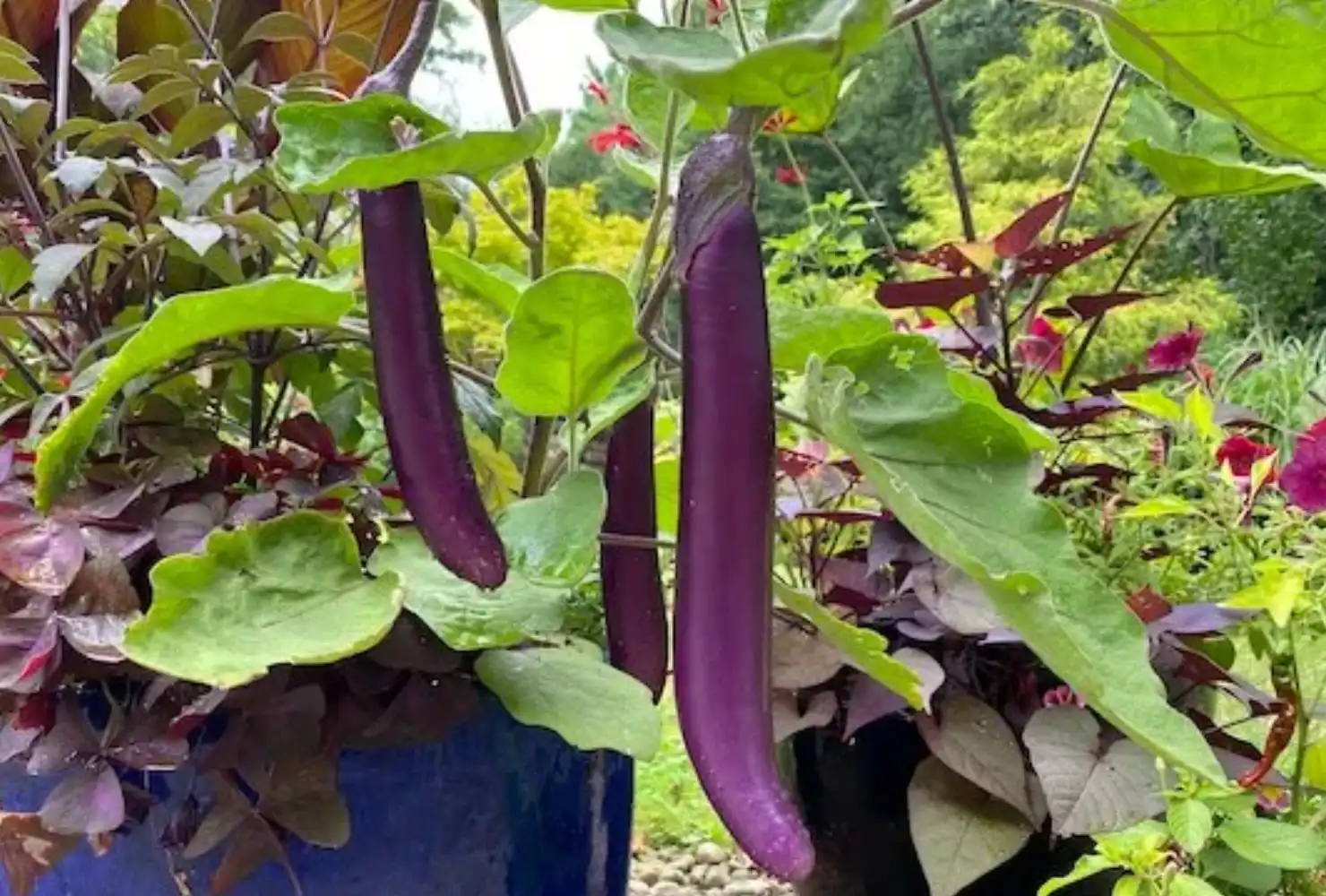
How to Harvest Eggplant Properly
- Use sharp pruning shears or scissors never pull by hand.
- Cut the stem about 1 inch above the fruit.
- Wear gloves, as eggplant stems can be prickly.
- Handle gently to avoid bruising.
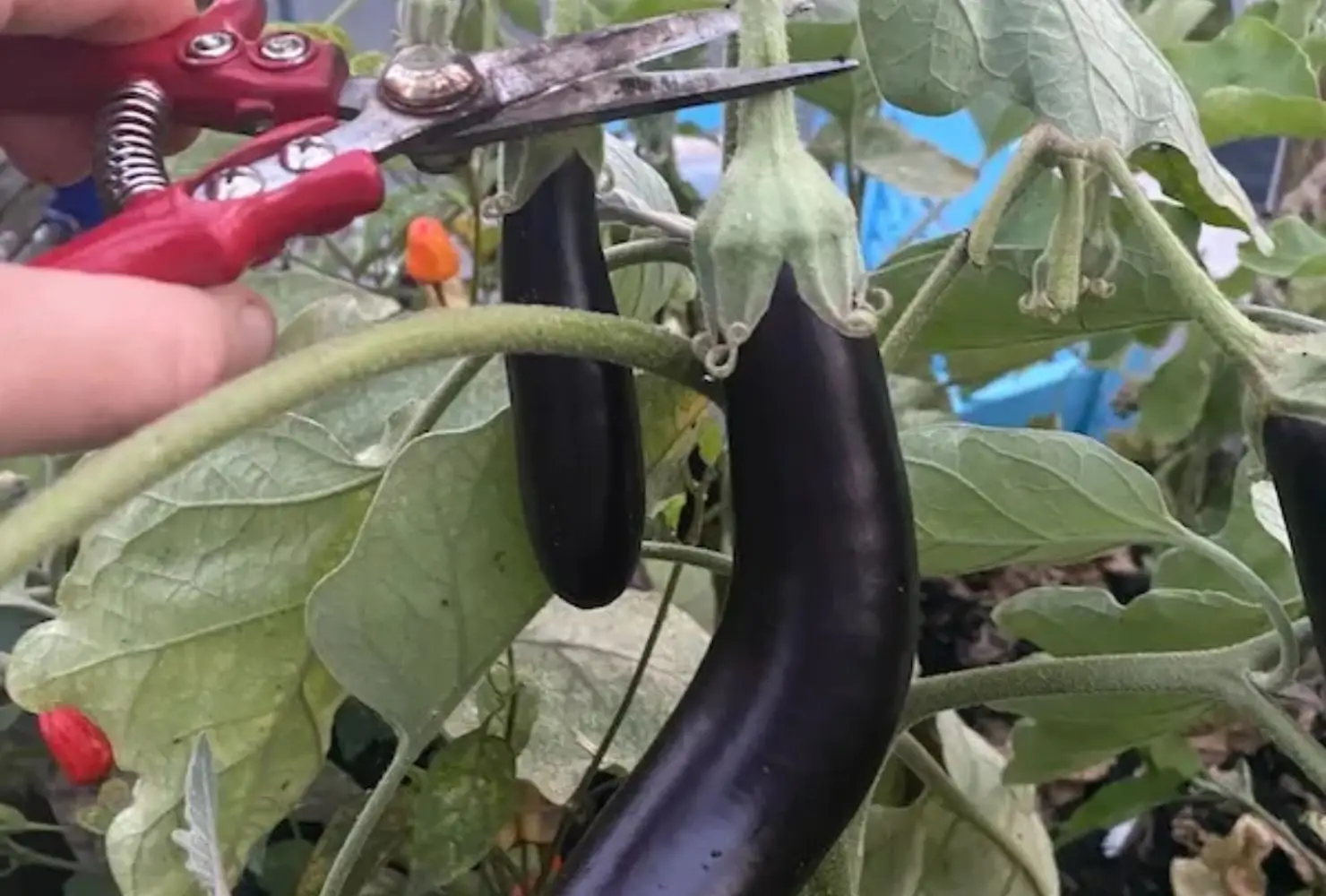
What Happens if You Harvest Too Early or Too Late?
- Too Early: The eggplant will be small, underdeveloped, and slightly bitter.
- Too Late: Seeds harden, flesh becomes spongy, and the skin turns dull.
How Often to Harvest
- Eggplants continue producing if harvested regularly.
- Check your plants every 2–3 days during peak season.
- Frequent picking encourages more fruit growth.
Storage Tips After Harvest
- Store in a cool, dry place for up to 3 days.
- For longer storage, keep in the refrigerator crisper drawer for up to 1 week.
- Avoid plastic bags eggplants need airflow.
- For freezing, blanch slices first, then store in freezer-safe bags.
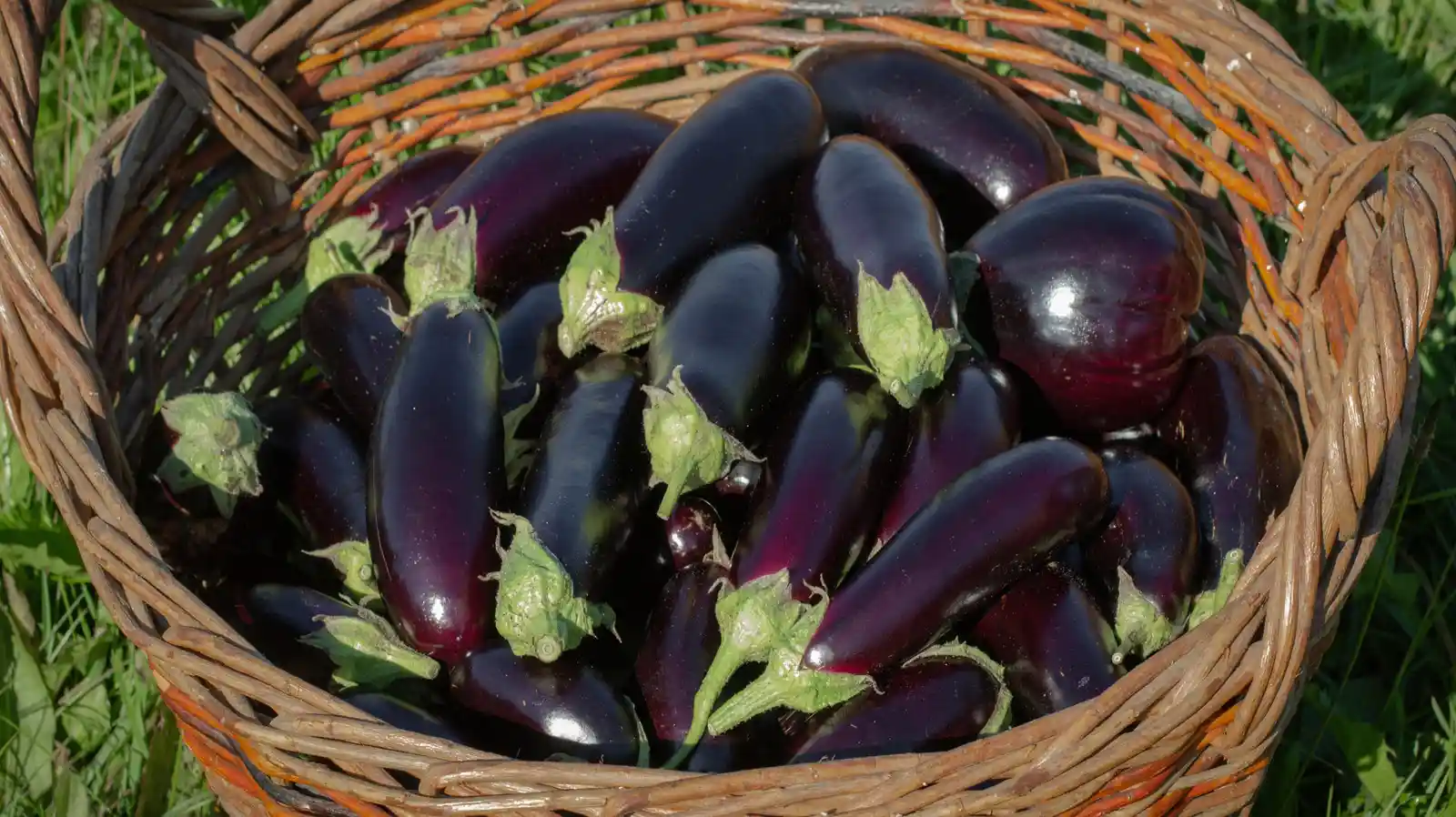
Best Practices for Sweeter, Tastier Eggplants
- Harvest when fruits are young and glossy.
- Do not let them grow oversized.
- Pick often to keep plants producing tender fruits.
- Water regularly to avoid bitterness.
Frequently Asked Questions (FAQs)
1. Can you harvest eggplant too early?
Yes. If harvested too early, eggplants will be small and underdeveloped. It’s best to wait until they reach their variety’s mature size and glossy color.
2. Why is my eggplant bitter?
Bitterness often comes from leaving eggplants on the plant too long, water stress, or harvesting when they are overripe.
3. Can you eat unripe eggplant?
Yes, but the flavor and texture will not be ideal. Cooking can help reduce bitterness.
4. How many times can you harvest eggplant in a season?
In warm climates, you can harvest multiple times over 2–3 months, depending on plant health and care.
5. Do eggplants ripen off the vine?
No, unlike tomatoes, eggplants do not ripen once picked. They should be harvested when fully ripe.
Final Thoughts
Harvesting eggplant at the right time ensures a delicious, tender, and nutrient-rich vegetable. Remember to check for glossy skin, firm texture, and variety-specific size. With regular harvesting and proper care, your eggplants will stay productive all season long.

